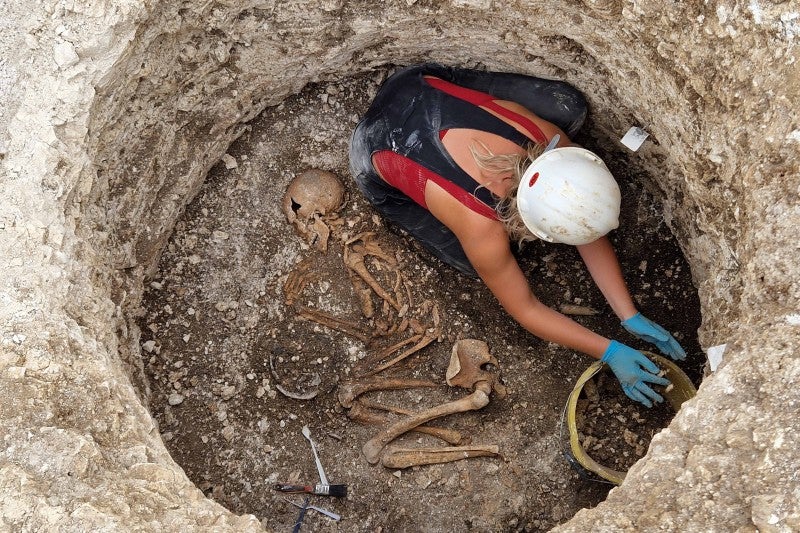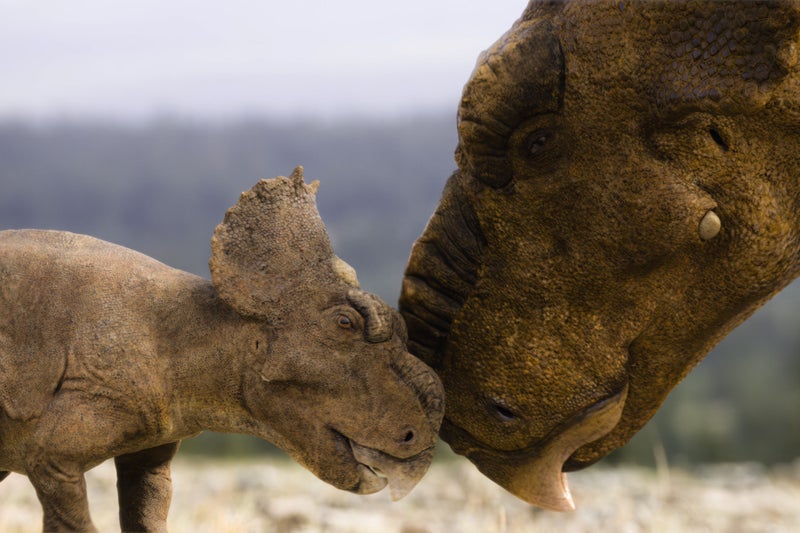Scandinavians came to Britain long before Vikings and Anglo-Saxons, finds study
Share:
Genetic analysis of Roman soldier or gladiator buried in York reveals 25% of his ancestry came from Scandinavia. People with Scandinavian ancestry were in Britain long before the Anglo-Saxons or the Vikings turned up, researchers have found after studying the genetics of an ancient Roman buried in York.
The arrival of the Anglo-Saxons brought an influx of Scandinavians to ancient Britain in the fifth century, with the first major Viking raid – which targeted the monastery at Lindisfarne – occurring in AD793. However, researchers studying a man thought to have been Roman soldier – or perhaps even a gladiator – who lived between the second and fourth century have found that 25% of his ancestry of came from Scandinavia.
“The ancestry that we thought would come in [with] Anglo-Saxons maybe in some parts was already there,” said Dr Leo Speidel, first author of the study and a group leader at Riken, a national scientific research institute in Japan. The discovery is part of a large-scale study that has taken a new approach to analysing ancient DNA, shedding fresh light on migrations across Europe in the first millennium.
Dr Pontus Skoglund, co-author of the study from the Francis Crick Institute in London, said much of the history explored in the study was set down by the Romans about other groups of people. “There’s some degree of historical information, but there’s so [many] things left in the dark,” he said.
While advances in extracting and analysing ancient DNA has allowed researchers to explore the mixing of very different groups – such as Neanderthals and modern humans, or even the mixing of present-day populations – the approach is more challenging in the case of groups that are very similar genetically, such as the populations that lived in different parts of Europe in the first millennium.






















